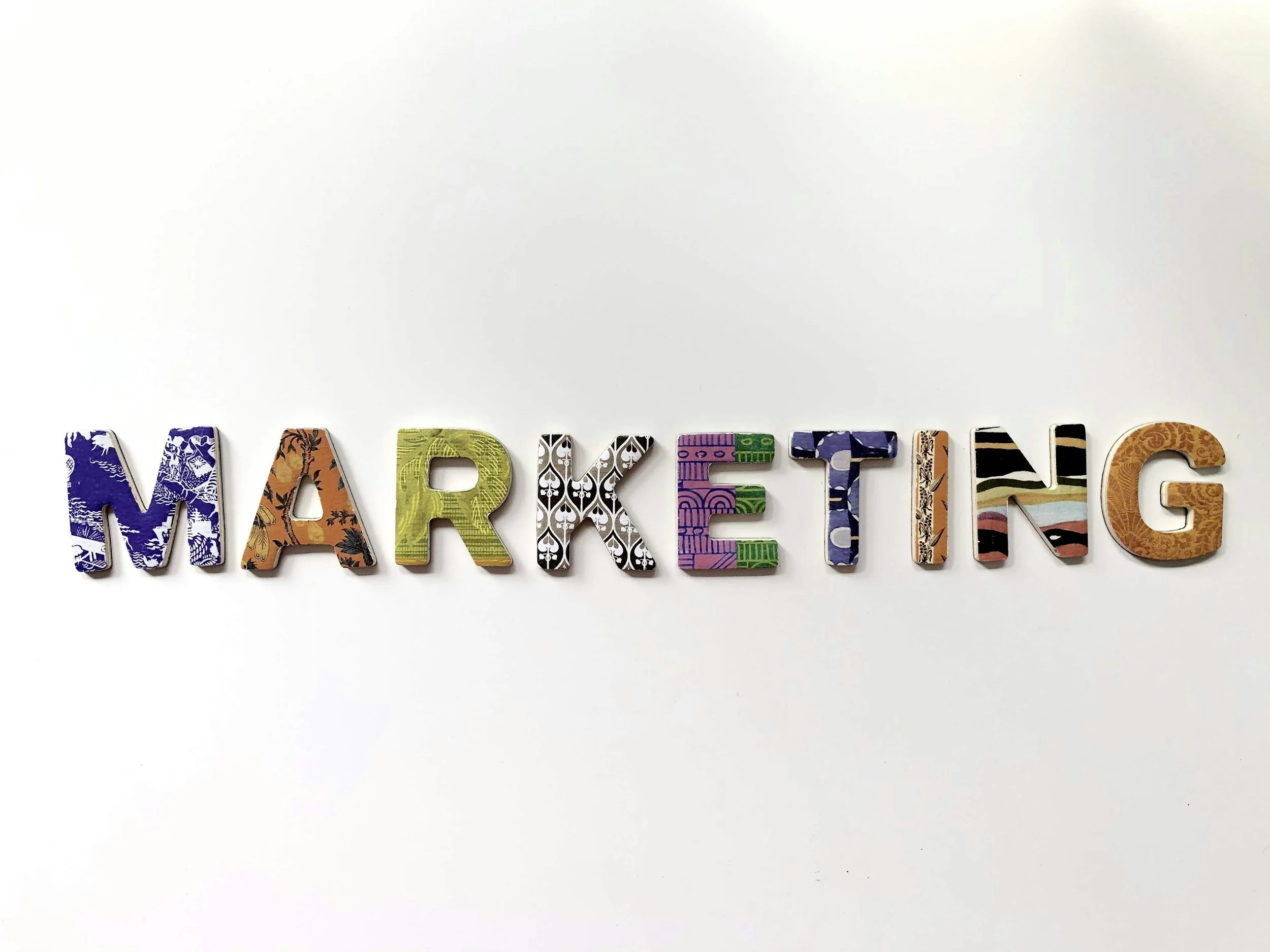What Is Programmatic Advertising? A Clear Guide for Marketers
If you’ve ever felt overwhelmed trying to keep up with digital ad trends, you’re not alone. The world of online marketing moves fast — and programmatic advertising is one of those buzzwords that marketers hear constantly but don’t always fully understand.
In reality, programmatic advertising is one of the most powerful ways brands today can reach the right people, at the right time, without wasting precious ad spend. And when done well, it’s more efficient, scalable, and data-driven than traditional ad buying.
So, what is programmatic advertising exactly? How does it work? And how can your business use it to grow?
Let’s break it down in clear, human terms — no confusing jargon here.
What Is Programmatic Advertising?
Programmatic advertising is the automated buying and selling of digital ad space.
In the old days, if you wanted to place a digital ad, you’d call a publisher, negotiate a deal, and manually set up your placement. That process was time-consuming, limited your reach, and made it harder to know exactly who was seeing your ads.
Programmatic changes all that.
Using advanced software, programmatic advertising uses real-time bidding to auction off ad space the moment a page loads. This means your ad gets shown to exactly the type of user you want to reach — and you only pay for impressions that align with your audience.
Think of it like a lightning-fast stock exchange for digital ads. Every time someone visits a website or opens an app, an auction happens in milliseconds, matching your ad to that person’s data profile and interests.
The result? More relevant ads, more efficient spending, and better ROI.
How Does Programmatic Advertising Work?
Let’s demystify what happens behind the scenes:
Set Your Goals
Decide what you want to achieve: clicks, sales, sign-ups, or brand awareness.Define Your Audience
Create segments based on demographics, interests, behaviors, location, and more.Use a DSP (Demand-Side Platform)
A DSP is the tool that bids on ad space for you across websites, mobile apps, video platforms, and more.Real-Time Bidding
When a user’s page loads, the system bids to show your ad. If your bid wins, your ad appears instantly.Optimization and Reporting
You monitor performance, tweak your bids, test new creative, and adjust your audience segments to improve results over time.
The Real Benefits of Programmatic Advertising
Done right, programmatic can transform how you reach your audience. Here’s why marketers love it:
Precision Targeting
Reach specific users based on who they are, what they’re interested in, and how they behave online. You’re not blasting ads at random — you’re investing where they’re likely to work.
Efficiency
The whole process is automated, which means you get more done with fewer manual tasks.
Real-Time Insights
See what’s working, what isn’t, and adjust on the fly. Your budget shifts toward the placements and audiences driving the best results.
Scalability
With one platform, you can run ads across thousands of sites, apps, and channels. Want to test video ads and connected TV alongside display banners? Programmatic makes it easy.
Better ROI
Because you’re only paying for the impressions that matter, you waste less budget.
Types of Programmatic Ads You Can Run
Programmatic isn’t just for website banners. You can use it to buy:
Display Ads: Traditional website placements like banners and sidebars.
Video Ads: Pre-roll or mid-roll ads on streaming services and video platforms.
Native Ads: Ads that blend seamlessly into newsfeeds or content.
Audio Ads: Placements in podcasts or streaming music apps.
Connected TV Ads: Video ads shown on smart TVs and streaming services.
In-App Ads: Ads delivered inside mobile games and apps.
A smart strategy often uses a mix of these formats to reach your audience in multiple places throughout their day.
Common Mistakes to Avoid
Programmatic advertising can be incredibly effective — but only if you manage it well. Watch out for these pitfalls:
Set-and-Forget Campaigns
Programmatic is automated, but it’s not magic. It still needs human oversight. Always monitor, test, and adjust.
Low-Quality Creative
Precise targeting won’t matter if your ads don’t grab attention. Strong visuals and clear calls to action are key.
Weak Landing Pages
Nothing kills a good ad faster than a bad landing page. Make sure your pages match your ad promise and load quickly.
Not Using Data
Programmatic generates tons of insights. Use them! See what works and double down on it.
How to Get Started with Programmatic
Here’s how you can approach programmatic advertising the smart way:
Define Your Audience Deeply
The better you know your customers, the better you can reach them. Build detailed personas.
Choose the Right DSP and Partners
Not all platforms are created equal. Work with trusted providers that offer transparency and support.
Test Multiple Creatives
Try different headlines, visuals, and formats. Let your data show you what connects.
Monitor and Optimize Regularly
Your campaigns shouldn’t run on autopilot. Weekly checks and optimizations make a huge difference.
Align Ads with Landing Pages
A seamless journey from ad to page boosts conversions and keeps bounce rates low.
Why Work with a Partner Like Buo?
Managing programmatic campaigns on your own can get overwhelming — especially if you’re juggling multiple channels, creatives, and audiences.
At Buo, we combine smart tech with a human touch. We help brands build programmatic strategies that make sense, get results, and grow with your business. From setting up your first campaigns to analyzing what’s working, we handle the details so you can focus on what you do best.
Ready to Unlock Programmatic?
Programmatic advertising doesn’t have to be complicated or reserved for big brands with huge budgets. With the right strategy and partner, any business can use it to reach real people and drive real results.
Want to see how programmatic could work for you? Let’s chat. We’d love to show you how to make every ad dollar go further.

